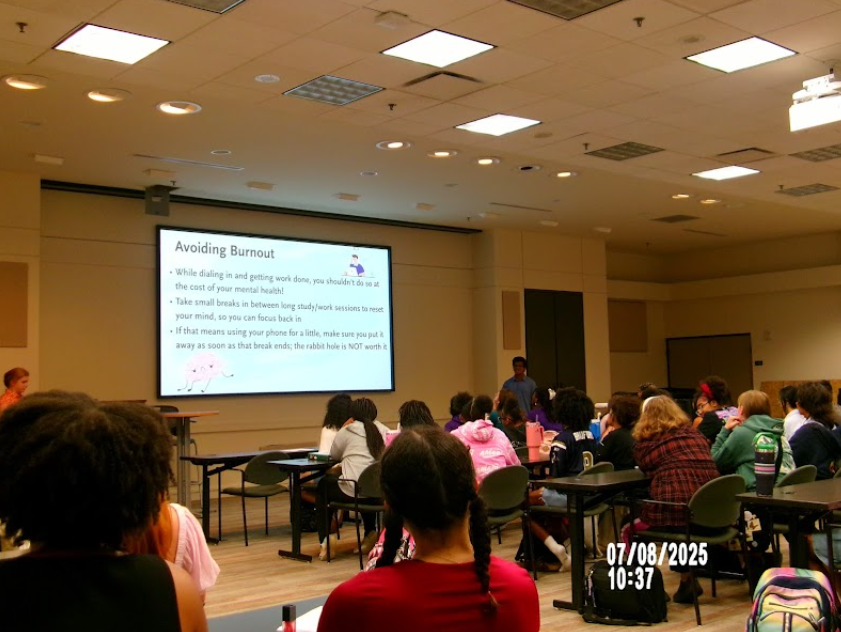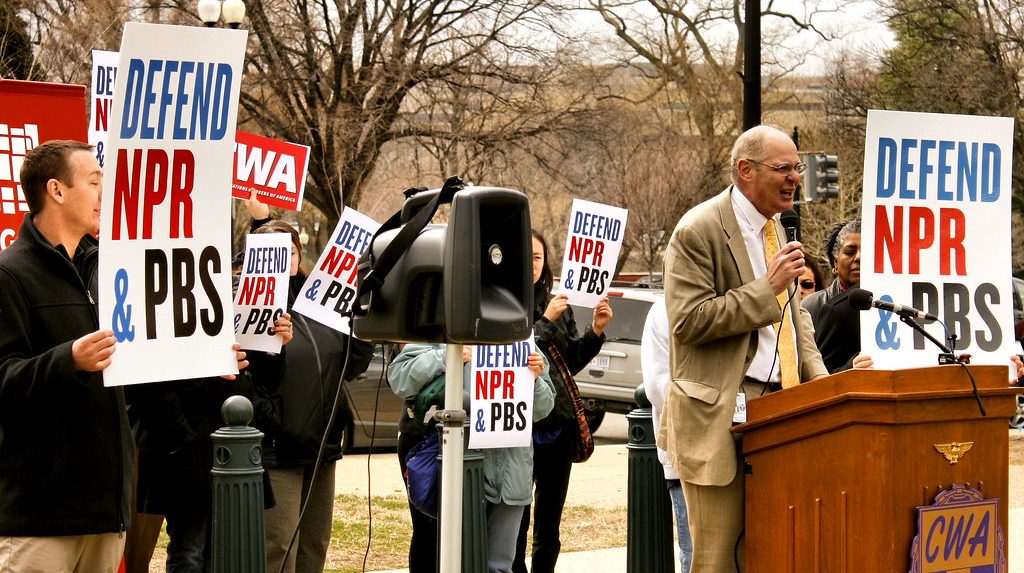What happens when the place you call home slowly disappears beneath the waters? For many students in Virginia Beach, this nightmare is becoming an increasingly concerning reality. While sea level rise and coastal land sinkage is often treated as a distant threat, in Hampton Roads, the dangers and effects are current and deeply personal.
Sinking Land and Rising Waters
Virginia Beach and the Hampton Roads area have been experiencing some of the most severe sea level rise on the entire East Coast, but rising seas isn’t the only threat present, the land itself is sinking. A recent Virginia Tech study explains that parts of Hampton Roads are sinking at rates between 5 to 7 millimeters annually, while simultaneously sea levels rise at about 3.5 millimeters per year. This means that in many places, the ground is sinking twice as fast as the ocean is rising.
NASA-backed research also shows that this subsidence, the downward vertical movement of the Earth’s surface, is occurring fast enough to threaten major infrastructure such as airports and highways. According to CBS News, Scientists predict that sea levels will rise by up to 3.6 feet, and possibly up to 6.6 feet, by 2100, meaning large swaths of Virginia Beach, Norfolk, and Chesapeake could be significantly submerged. Almost a million people live in these regions, and many areas, notably Naval Station Norfolk, could be devastated.
Land masses such as Tangier Island, located in the middle of the Chesapeake Bay, and the Outer Banks are already starting to sink to drastic levels, with Tangier island having only two-thirds of the landmass it had in 1850, according to the U.S. Environmental Protection Agency. The Outer Banks is a popular vacation destination for Virginia Beach residents. Katie Liakos, a biology teacher at PA, says, “I spent my childhood in the Outer Banks. It is sad to see parts of my childhood and memories wash away.”
Impact on Students and the Community
The Norfolk community has been undergoing these problems for a long time period. Junior John L’Heureux, a Peer Coach Captain with the Conservation Youth Team at the Virginia Zoo, explains, “Even on sunny days, we’re seeing exponential amounts of water in the streets, making it difficult for buses to take kids to school.” These daily obstacles are only the beginning of a list of devastating long-term consequences.
Junior Aaron Bowman, a student who lives next to a marsh, describes his deep connection to the issue. “It’s very alarming to see a beautiful place fall into decrepit disarray,” he says. “The impacts are deeper than just environmental factors.”
Further, when urban flooding reaches downtown Norfolk, places like the Nauticus museum see flooding, as well as a gush of pollution and litter. L’Heureux warns, “It’s really important for us to clean the city and our community because if we have trash all over the city, it’s bad for terrestrial animals, but it’s extremely harmful to fish and aquatic life as the water picks up debris from the streets.”
This environmental crisis comes in turn with economic consequences. L’Heureux states that coastal homeowners who dream of beautiful homes on the ocean are facing dramatic flood insurance premiums and a decrease in property value. “People buy houses on the water not realizing flooding is such a large issue,” L’Heureux explains. “Families are dealing with monetary complications they didn’t have to before.”
A Path Forward
Organizations like Wetlands Watch are constantly fighting to protect coastal wetlands. L’Heureux emphasizes the importance of “living shorelines,” using native plants to strengthen the coast. “Homes on the beach are gradually being built farther inland, but this isn’t sustainable,” he says. “Wetland plants on living shorelines absorb water, and can help mitigate flooding. The roots of these plants have evolved to be strong enough to hold the soil into place to prevent erosion.”
Local governments are also acting on this cause. Virginia Beach’s Sea Level Rise Adaptation Strategy aims to prepare local infrastructure for anticipated higher tides. According to this policy, new construction standards require many establishments to prepare for up to a 1.5 feet sea level rise, while hospitals must plan for up to 3 feet.
Students can participate in alleviating these impacts through local clean-up efforts, specifically through the Lynnhaven River NOW Organization, supporting sustainable city planning, and advocating for policies that prioritize environmental needs. Cleaning up litter, planting wetland grasses on shores, and spreading awareness are small steps that have the potential to create powerful change before the problem grows far beyond the point of fixing.
Virginia’s sinking coastline is not a distant issue, it’s a current emergency. Virginia Beach students and residents must work to protect their homes, their schools, and their future.

























Brenda Ennis • May 3, 2025 at 8:27 am
I noticed that the Eastern Shore wasn’t addressed with this area being notoriously low. Are there any specific studies done on this area?
Anonymous • May 2, 2025 at 2:26 pm
Unfortunately green solutions are doomed to fail. Expanding wetlands planting will eventually be inundated and the marsh grasses will succumb. Septic systems and water wells will fail requiring homwsteads to move to higher ground. Engineered solutions must be implemented. Closed water and sewer systems must be pushed further into higher elevations to support the relocation of residents. Levies and pump stations must be constructed to save densely populated areas. Planting more trees will not stop the impending inundation.